Please note you can post a comment to any image, and it will be monitored and added if verified. If you type in a comment you must go to the bottom of that specific page and verify the post by doing a quick image test. This proves you are an actual person and not a hacker remotely automatically “spamming the site”. Thank you.
This page shows the history of Callestick, Penhallow, Perranwell, Perranzabuloe & Ventongimps over the years.
Callestick Village:
This neat village of 20 old cottages & farmhouses among trees on the east-facing slope of a small valley, was formerly a mining village: the miners walked to work at the lead mine whose engine-house still stands a mile from the village. It is a non-development area with only 4 recent houses, restricted to agricultural housing. Many of the village residents are middle-class people with work in nearby towns.Whereas once people would congregate to chat in the village street, this is not done now. There is no village shop;a weekly shopping trip to Truro is standard. The local pub is the “Plume of Feathers” at Penhallow 1 mile away. Callestick Methodist Chapel was demolished in 1976 due to falling congregations; the Methodist cemetery in 1986 was cared for by members of Perranporth Methodist Church. Callestick or as it was spelt in the 1800’s Callestock had one of the earliest Post Offices in the area.
Penhallow Village:
Penwartha School:
Perranwell Village:
Perranwell was once known as Fenlen Perran. It got it’s name from St.Pirans Well which is in the grounds of the mill. There are less houses in the hamlet now than there used to be,the old ones were built of cob and have now fallen down. There are about forty two houses now in total which includes Lambourne Mill.This was last used as a mill in 1954 and it has now been converted into a house. A granite celtic cross stands in the grounds of a park in Perranwell called Silverbow. This is used to mark the boundary between Lord Falmouth’s estate and Chiverton estate. About two hundred and ten people live in Perranwell and only ten children. The majority of the residents are retired business people.
Article Courtesy of the BBC Domesday Reloaded Project written in 1986.
The village was so named because there was at one time a granite surrounded well, but to-day no one seems to know just where it was situated in the village. The trough and lion’s head of granite can be seen at Chiverton Estate, said to have been removed for safety by Mrs Thomas Peter the owners before the Holman Family, The well was said to have had healing properties for the cure of rickets, the babies were passed through the water then taken to Perranporth and put through a hole in the rocks to give a cure!! The Methodist Chapel built in 1843 was sold in 1986 for £35,000 and the wooden building at the side was used as a Carpenters Shop by Mr Raymond Ellery when “The Gables” at Goonhavern was sold in about 1980, later it became a second hand shop. Perranwell Methodist Chapel was first opened in 1843 the arch of the old doorway could be clearly seen, and it was enlarged in 1867 when the Yard & Porch were added. In the yard there were four hearts picked out with pebbles, which were laid by Nick Pedlar. Both parts of the building are now coverted into dwellings. The wooden building alongside the Chapel was a former Nobel’s Factory Hut from Cligga in Perranporth. The factory made munitions during the 1914-18 war. In 1918 the building was purchased for the sum of £200 and was moved from Cligga to Perranwell for it to be used as a Sunday School in 1918. Originally it was planned to add another gable to the Sunday School but the wooden structure was purchased instead. Both this building and the Chapel closed on 21st December 1986. The pipe organ from the Chapel was given to Rose Methodist Chapel. The buildings were sold by public auction on 15th January 1988.
Perranzabuloe:
Ventongimps:
Many years ago, Ventongimps was called Fenton Gumpus and was a busy place with horses and carts. It is now a picturesque, quiet country village. Bridge House which was once the village shop. It is about two hundred years old. Over the road is Ventongimps Mill. Part of it is in ruins, but most of it is still in good condition. In Ventongimps there is a spring that never stops. Water in Bridge House is fed from the spring. The water is very fresh. Not many people live now in Ventongimps but they are all very friendly and it is a very pleasant place to live with a very warm atmosphere. Most of the residents have their own transport due to the fact that there is no public transport available in the vicinity.
Articles Courtesy of the BBC Domesday Reloaded Project written in 1986.

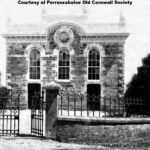
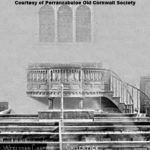
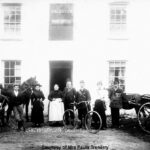
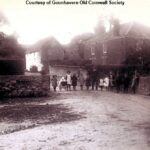
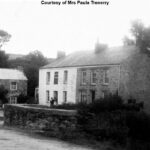
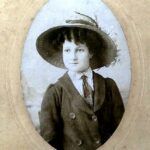
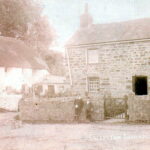
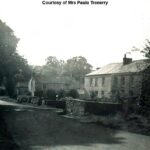
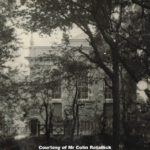


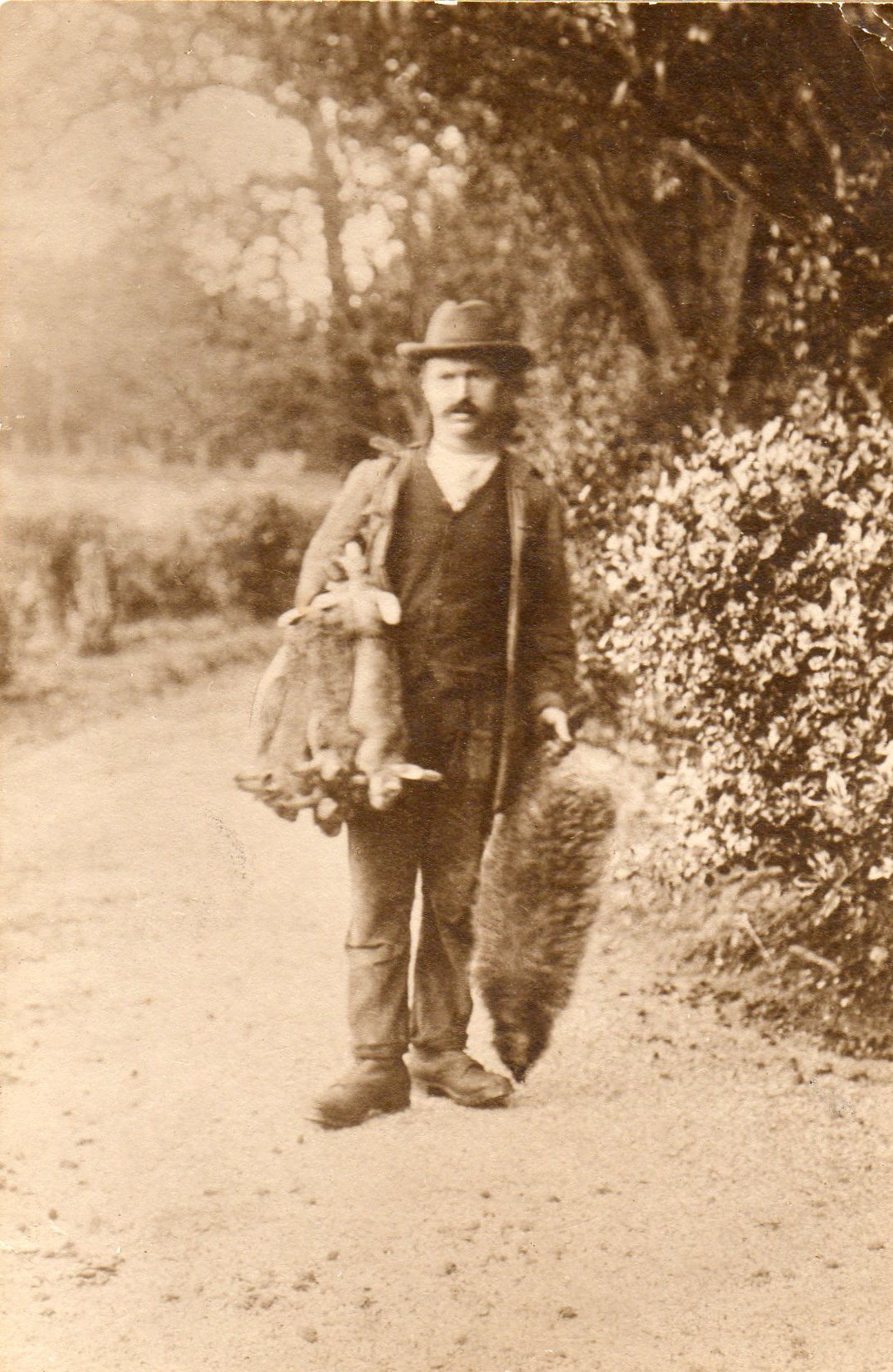
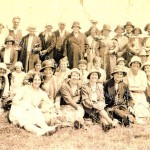
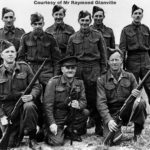
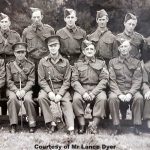
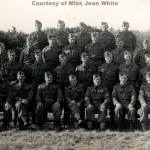
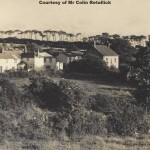

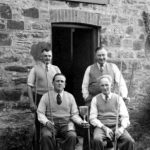
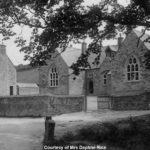
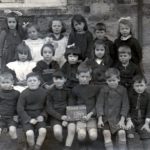
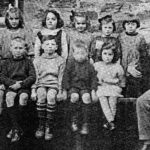
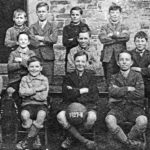

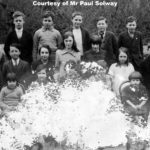
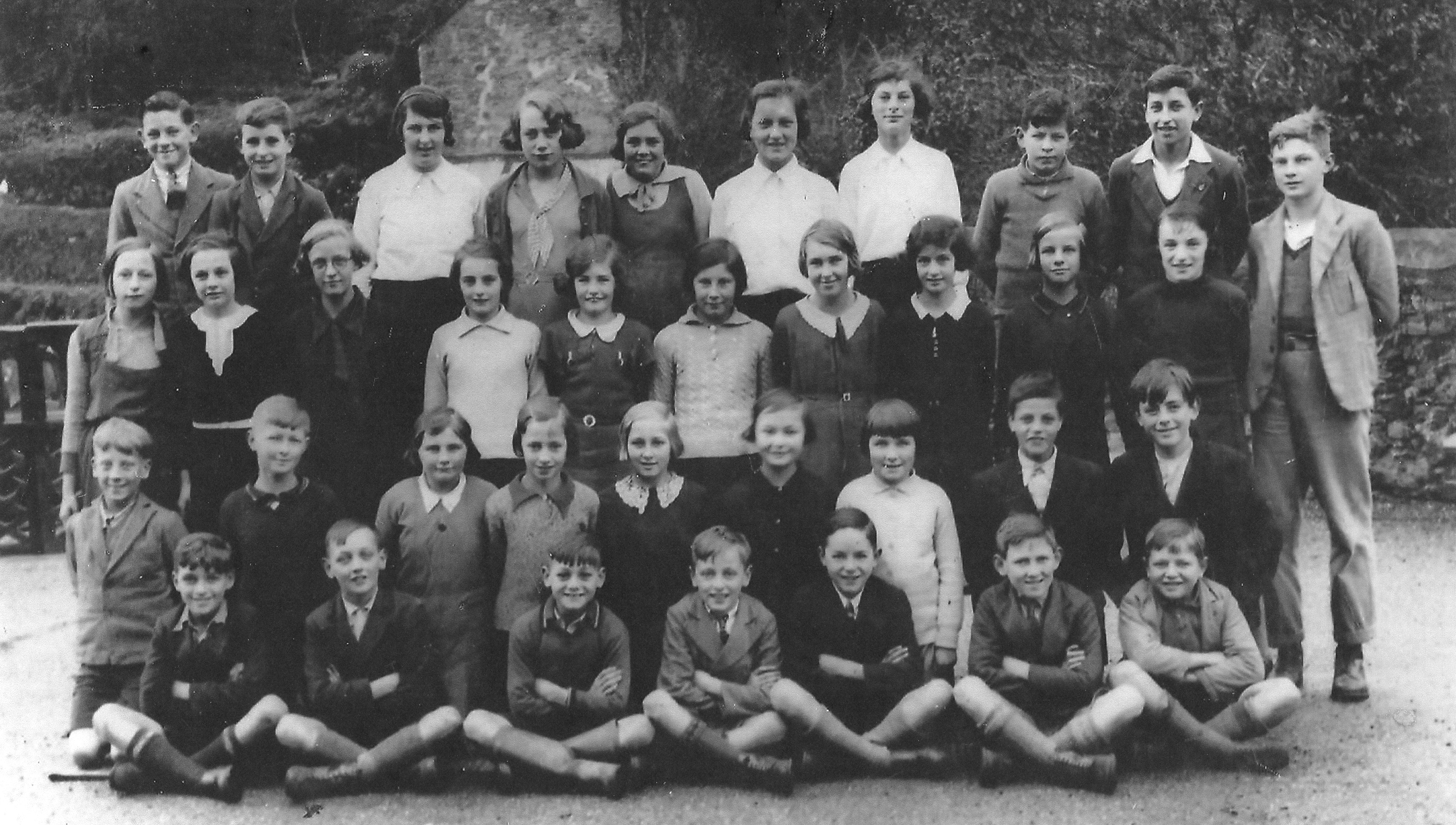
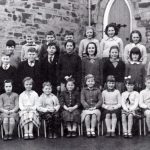

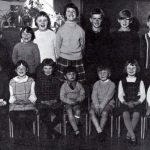

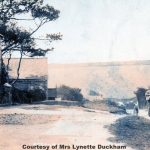
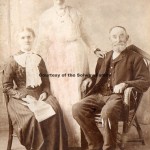
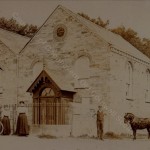
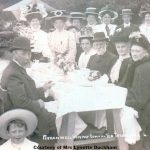
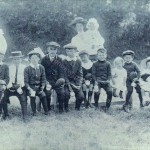
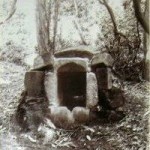
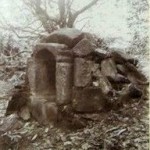
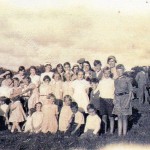
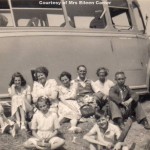
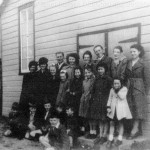
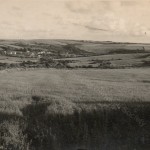
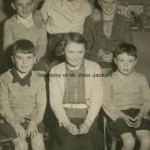
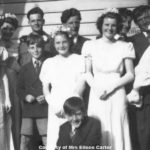
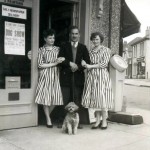


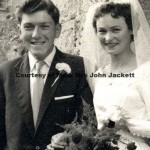
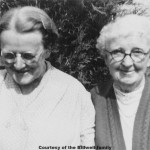
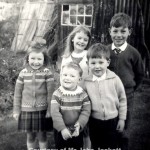
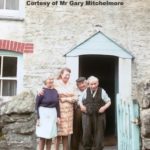

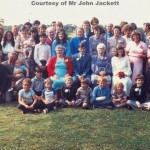
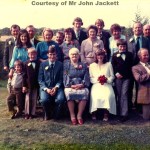



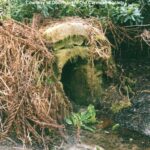
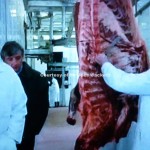
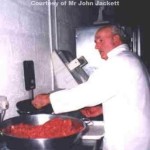
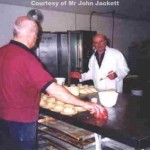
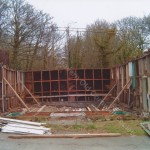


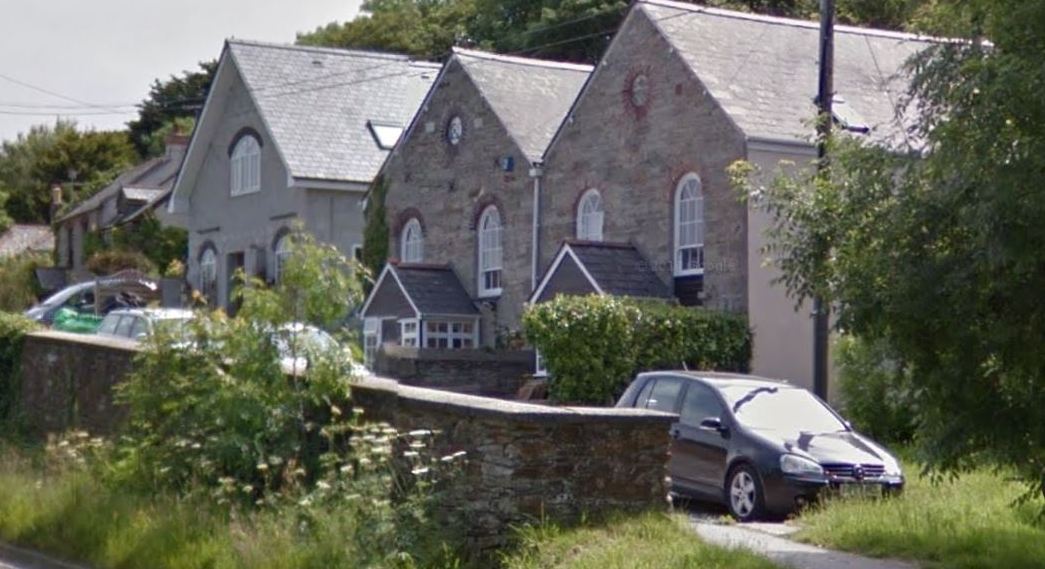
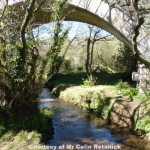
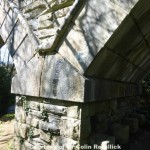

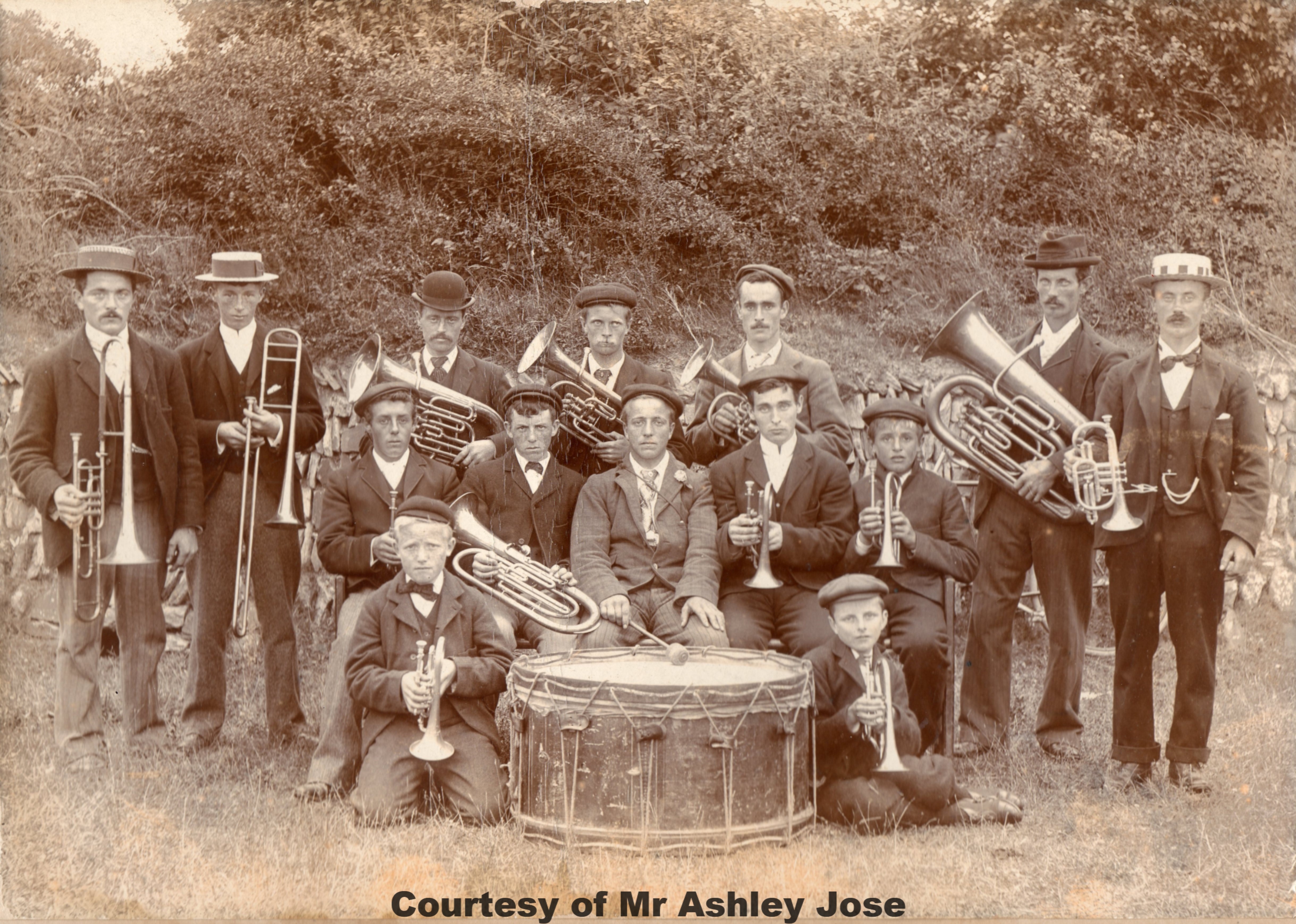


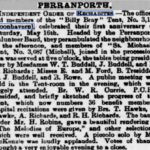
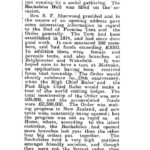

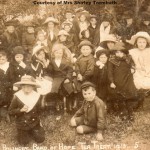
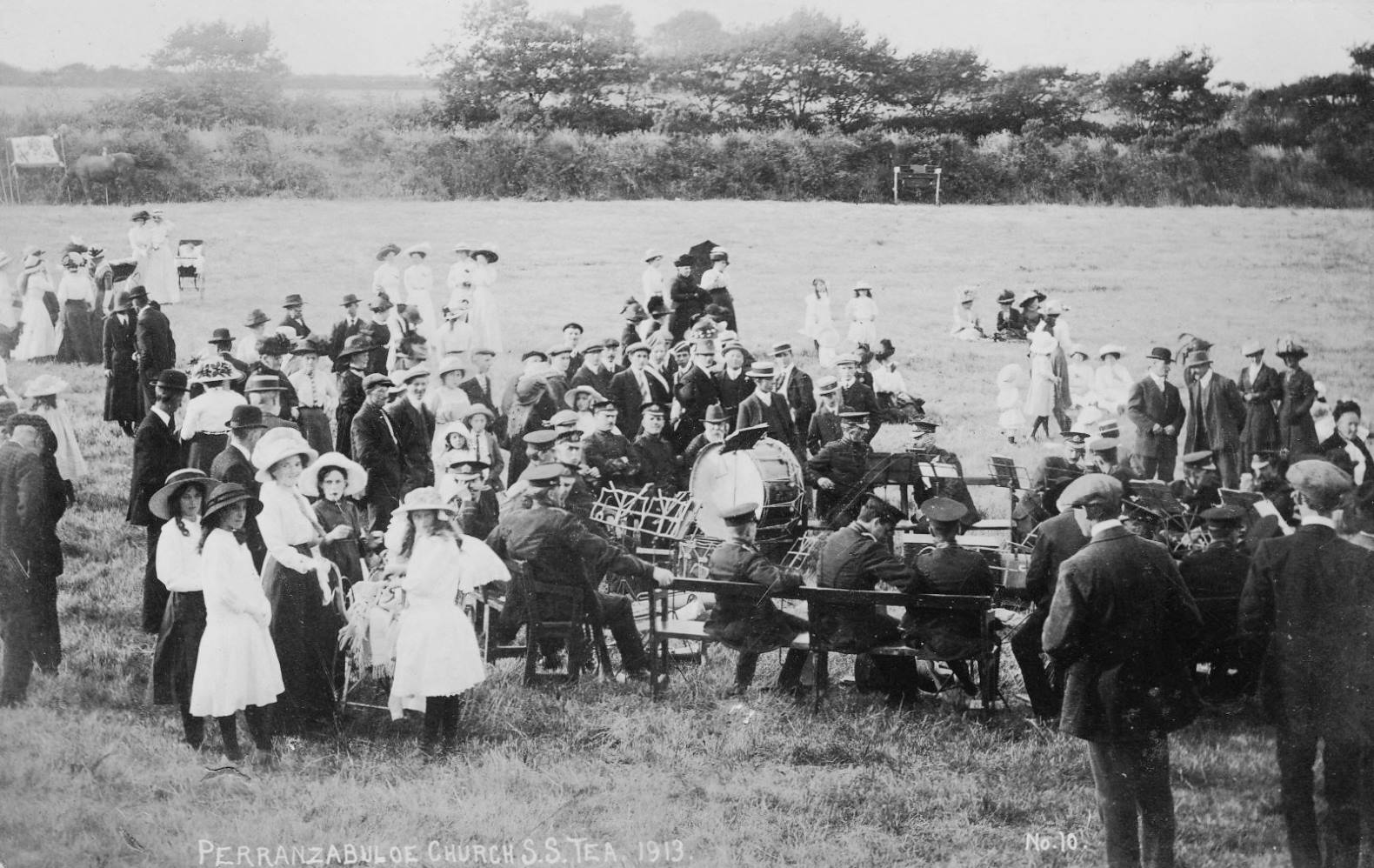
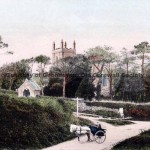




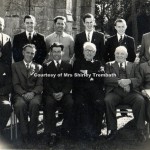


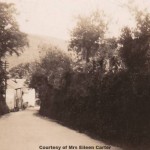
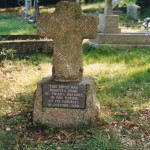

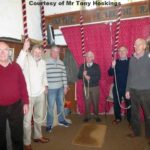
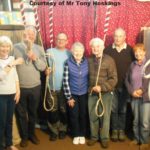

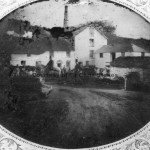
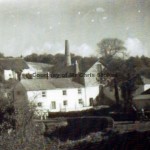
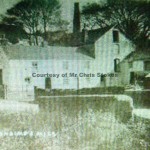
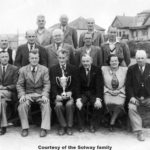

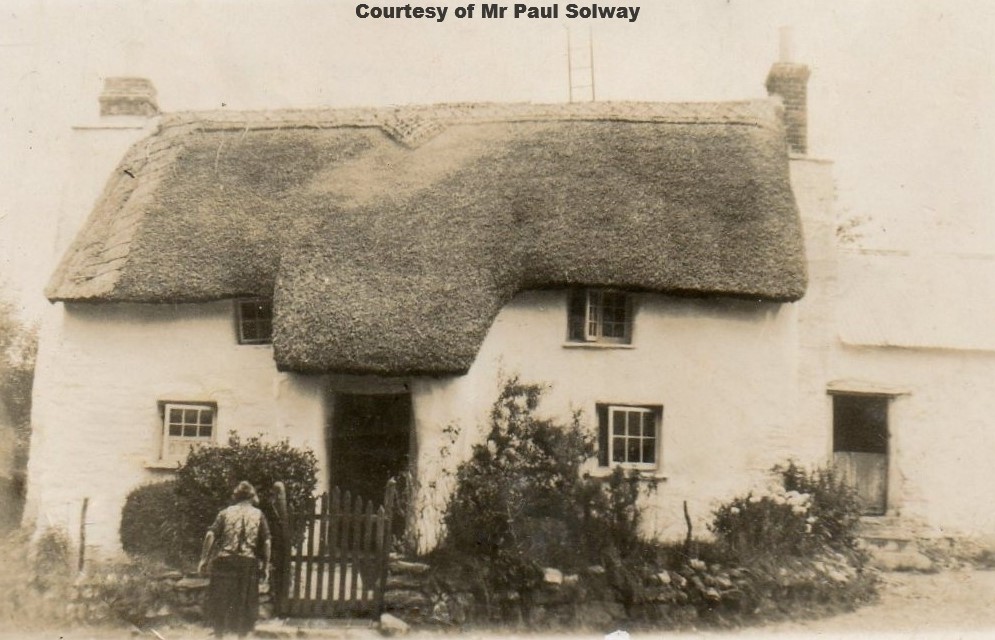
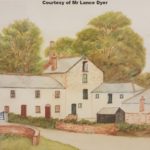
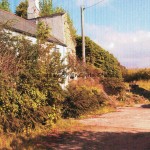
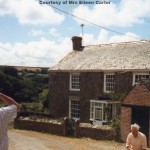
RUSE Thomas Edwards/34 miller of Ventongymps Mill married NICHOLLS Jane/ 22 of Perran-Round
(01 June 1850). Ref. Cornwall OPC. Their daughter Ellen (1857-1939) married William TREMBATH (1846-1918.) William was my 1st cousin 3 x removed.
Having stayed at Edwins Cottage a number of times, I’d be very interested to know more of the history so will check in here occasionally to see if Chris, or anyone else can add more.
Hi Trevor.
This is Chris Stokes. I may be able to give you a bit more info than you already have on Edwins Thatch cottage as I used to work on the farm at the Mill when I was a lad, for Hugh and Gillie Hayes, fifty seven years ago.
Hi Chris, think you are the gentleman who cam e to see my some time ago re Ventongimps Mill, yes anything you have on Edwins Thatch would be appreciated.
Hi Derek,
Trying to contact you via Ancestry and email, re Family History. Was in touch in 2006.
Would appreciate it if you could respond,
Cheers,
Robyn
Australia
Yesterday I left a reply ref the possible location of The Albert Inn Callestick (Callestock). I have found it marked on a survey map from 1879 (published 1888) – it was at the same location as the Blacksmith’s shop.
Hi there,
Its incredibly interesting to see old pictures of Ventongimps mill. I am now the current owner of the mill and I would be eager to know how I can gain more information on the building and Ventongimps. I see the photos are from Chris Stoks. I wonder if he has any further pictures or special knowledge? I hope you can help as we want to know all we can to return the mill to it’s former glory.
Kind regards, Bill Penaluna
Morning Bill, I met Chris Stokes a few years ago and he had a lot of information on it, but I don’t think I have his contact details, I will have a look for you. The 1st place you could try is the Cornwall Records Office Truro, being a Mill you might be lucky and they have history on it.
Hi Derek,
Did you manage to find out anything more about Chirs’ contact details? I met someone who said he lives in France now.
Kind regards, Bill
Hi Bill, No not got any further i’m afraid. Regards Derek